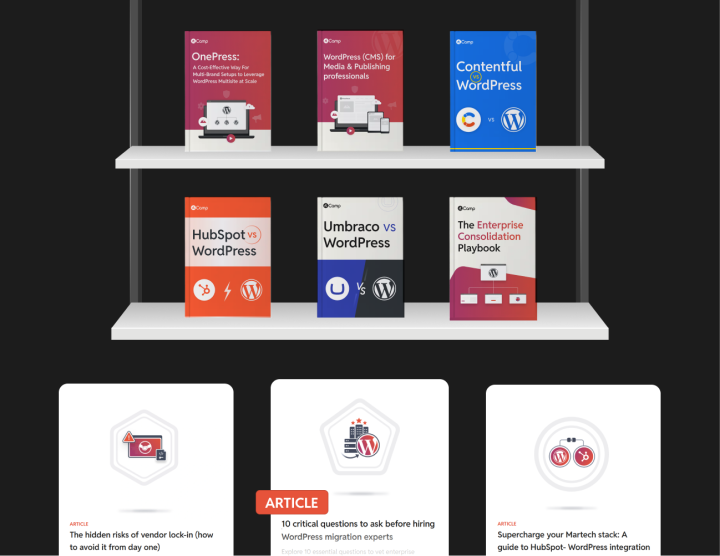Sanity CMS vs WordPress: Role-based access control (RBAC) and permissions
Managing user roles and permissions effectively is critical for businesses of all sizes. It ensures data security, streamlines workflows, and minimizes errors. Comparing Sanity vs WordPress, Both platforms provide tools to handle RBAC, but their approaches and advantages vary significantly.
Sanity’s fine-grained permissions: A customizable approach
Sanity offers different types of permissions, enabling administrators to control access at the field level within datasets.
Default and custom roles in Sanity
Sanity CMS does not come with a predefined set of roles like WordPress. Instead, it provides a framework to create custom roles tailored to the organization’s needs. Here’s a summary of potential roles that can be defined:
| Role | Capabilities |
| Administrator | Full access to all datasets, schemas, and content management. |
| Editor | Manage and edit content within specific schemas or datasets. |
| Content Reviewer | View and approve content drafts but cannot make changes to live data. |
| Regional Manager | Access data related to specific regions or markets only. |
| API User | Restricted access for external applications, limited to specific API queries. |
Key features of Sanity’s RBAC
- Field-level access: Restrict or allow access to specific fields within documents.
- Dataset segmentation: Separate content into development, production, or regional datasets with distinct permissions.
- Custom roles: Define roles to suit any business need, ensuring workflows align with organizational hierarchies.
WordPress roles and permissions
WordPress offers a predefined, hierarchical system of roles, simplifying user management for businesses. These roles cater to typical content management tasks, with plugins available for further customization.
Default roles in WordPress
| Role | Capabilities |
| Administrator | Full access to all site functions, including content, plugins, themes, and user management. |
| Editor | Can edit, publish, and manage all site content but cannot access plugins or settings. |
| Author | Can create, edit, and publish their own posts but cannot edit others’ content. |
| Contributor | Can write and edit their own drafts but cannot publish content. |
| Subscriber | Can view content and manage their own profile; typically used for membership-based sites. |
Key features of WordPress RBAC
- Predefined roles: Simple and quick to implement for most use cases.
- Plugin support for custom roles: Tools like User Role Editor allow businesses to create or modify roles.
- Integration with APIs: Extend role-based permissions to external systems using REST API or WPGraphQL
WordPress’ built-in roles are intuitive and sufficient for most of the businesses. For complex needs, plugins offer the flexibility to customize roles without requiring significant technical expertise.
In enterprise multisite environments, managing roles across a large network can get complex, but WordPress scales well here too. This guide on enterprise user management in WordPress multisite dives into practical ways to streamline access, enforce governance, and empower regional teams.







